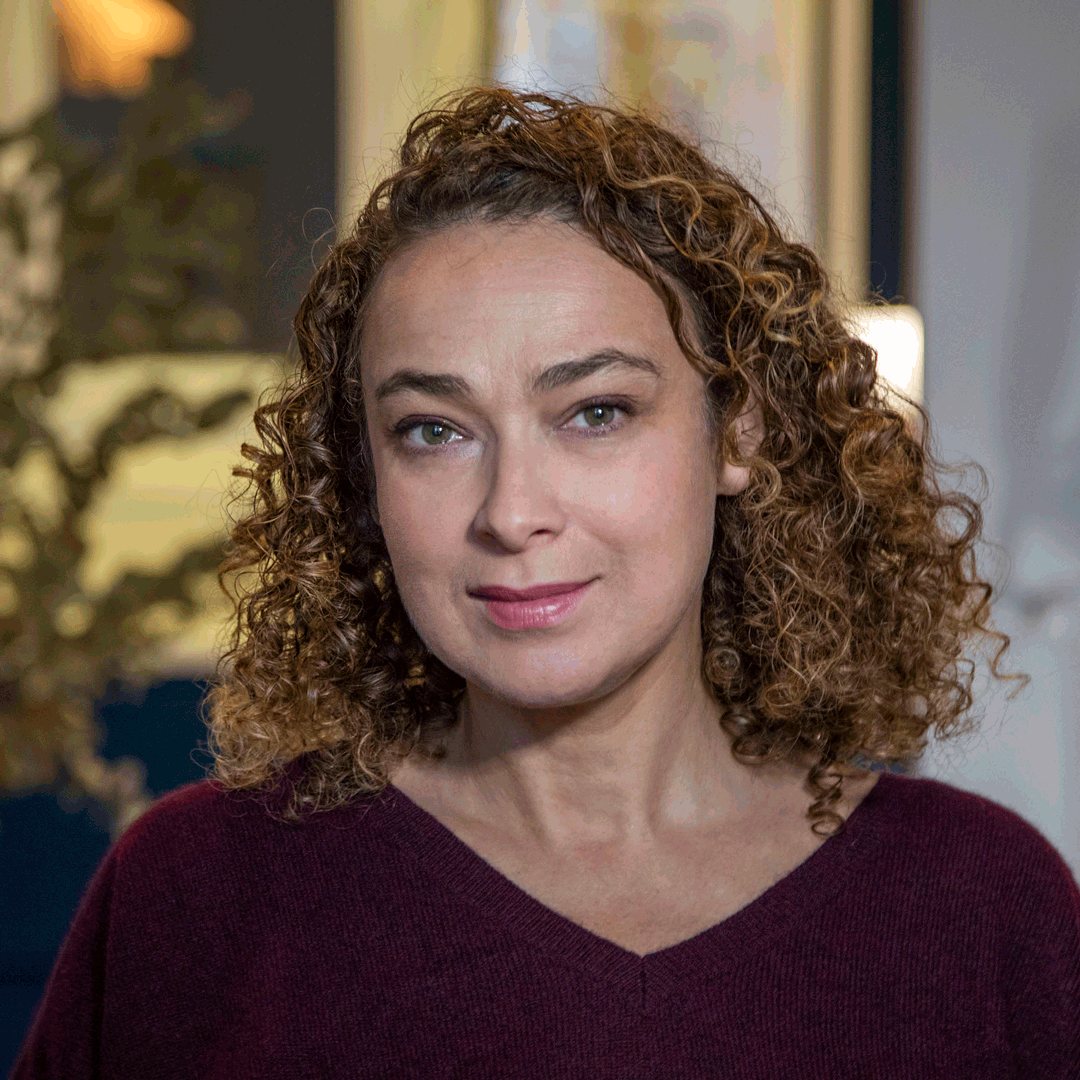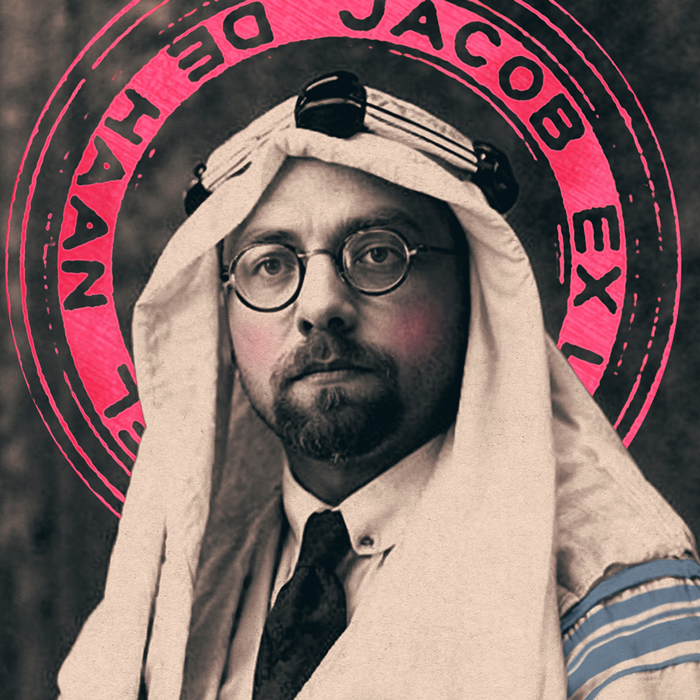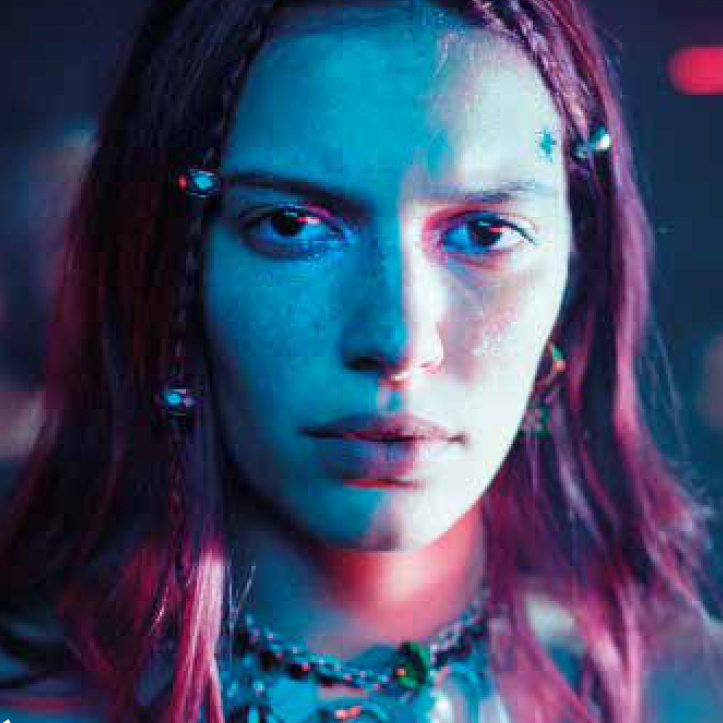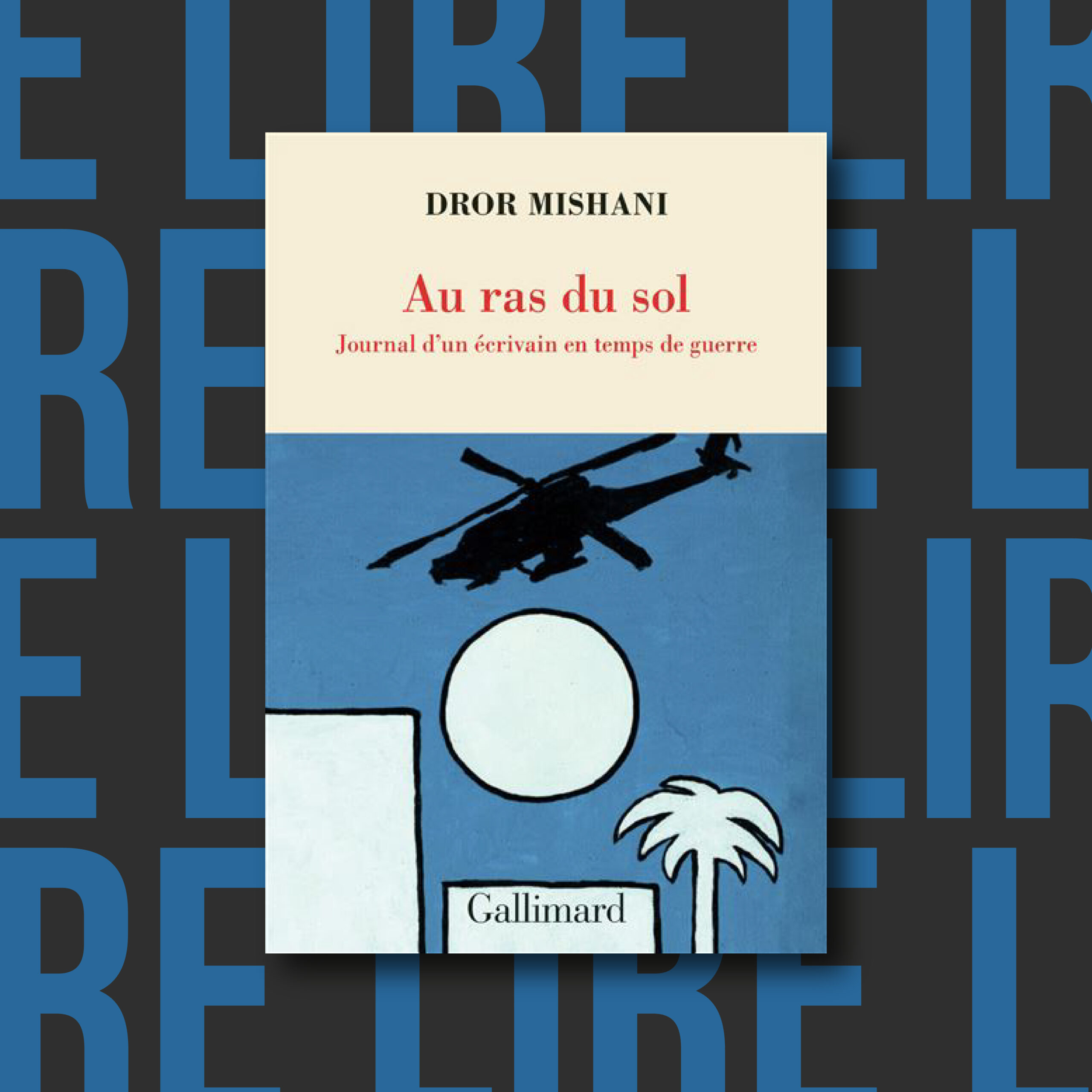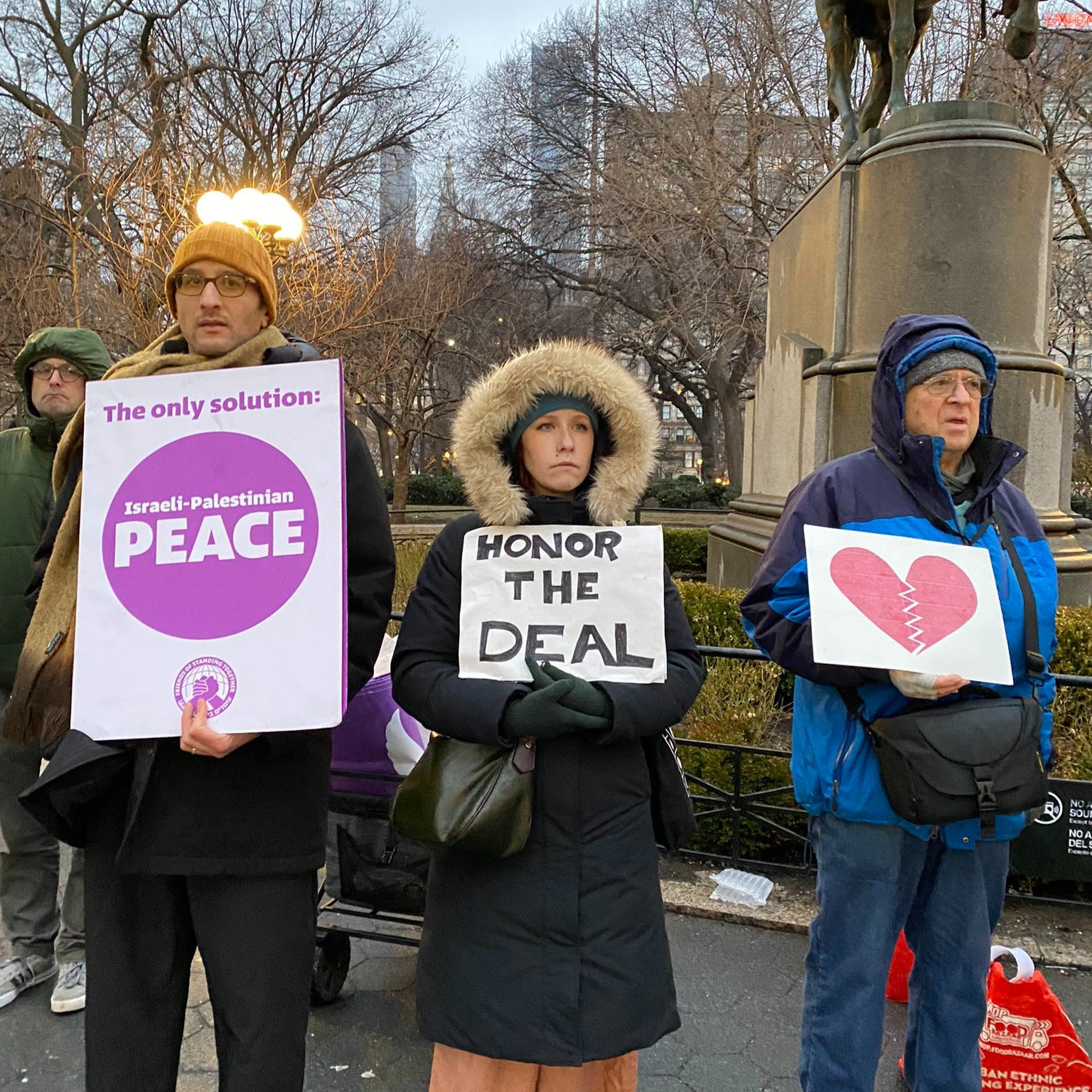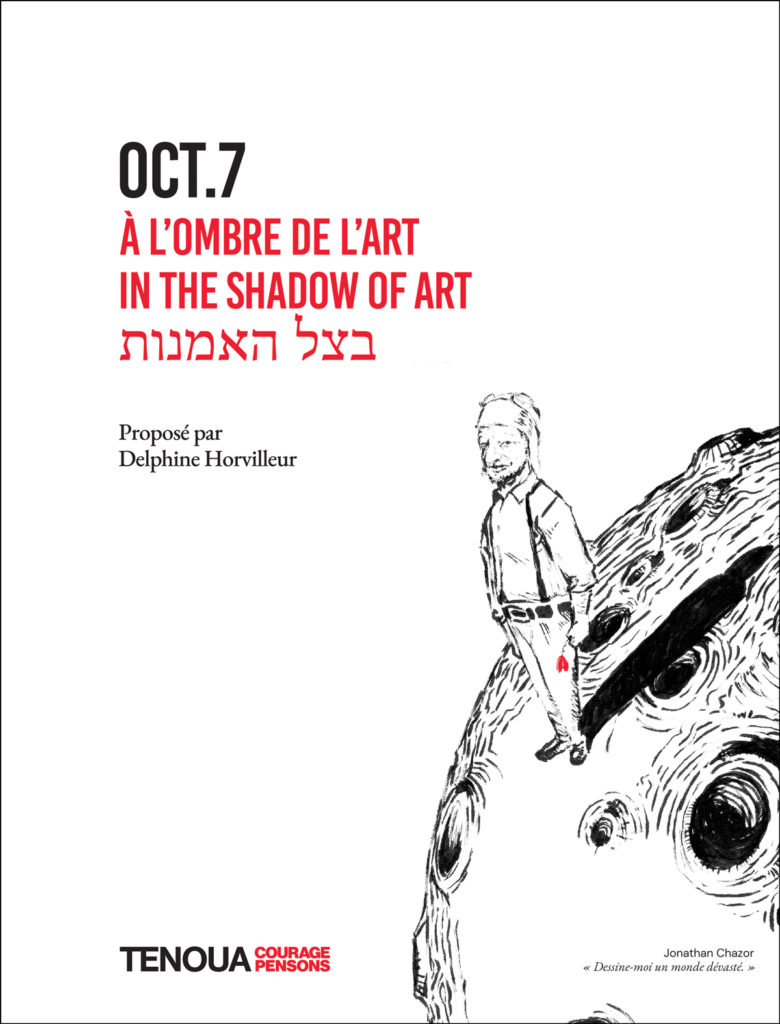
Commander le livre de Tenoua: Oct. 7, À l'ombre de l'art
Lire ce texte en anglais / Read this text in English
Lire ce texte en hébreu / לקרוא את הטקסט הזה בעברית
« Dessine‐moi un monde dévasté »
Delphine Horvilleur
Rabbin, directrice de la rédaction de Tenoua
« Dessine-moi un monde dévasté. »
Le petit prince aurait bien pu poser cette simple question à un aviateur échoué quelque part sur notre planète aujourd’hui. L’homme au milieu de son désert, dans l’immensité de son désespoir, lui aurait répondu : « Dis donc, tu ne préfères pas que je te dessine un mouton ? C’est beaucoup plus facile à peindre… »
Mais le petit prince aurait refusé et insisté comme seuls les enfants savent le faire, jusqu’à ce que l’homme finisse par admettre tristement : « Je ne sais pas faire cela… mais regarde tout autour et observe ce qui est arrivé à notre monde depuis près d’un an, et tu en auras une esquisse. Regarde ce que je ne parviendrai jamais à dessiner : les larmes, la colère, la destruction et le deuil. Qui pourrait peindre cela ? »
Personne. À part un homme qui a eu le temps d’en esquisser les contours sur un carnet de notes. D’ailleurs, son croquis apparaît précisément sur la couverture du livre que vous tenez entre les mains. Regardez‐la un instant de plus près et posez à votre tour au dessinateur la question du petit prince.
« Dessine-moi un monde dévasté. »
En observant cette image, vous y reconnaîtrez forcément un homme aussi brisé que le monde qu’il habite. Sa fleur est fanée, privée d’amour ou d’une humanité capable de l’arroser et, tout autour de lui, l’univers a rétréci. La plupart des habitants de sa planète ont les yeux trop pleins de larmes pour bien voir et, d’ailleurs, on ne voit bien qu’avec le cœur. Peut‐être que quelque chose en eux, en nous, s’est éteint, en même temps que la lumière de tous les réverbères du monde.
L’homme qui a dessiné cette œuvre mérite que l’on raconte son histoire et qu’on ne l’oublie jamais. Contrairement à l’auteur du Petit Prince, il n’était pas du tout aviateur mais il fut soldat de l’armée de terre, membre de l’unité Shaldag de Tsahal. Cet homme est mort un jour de novembre 2023, tombé au combat dans une rue de Gaza, au cœur d’une guerre qui réverbère sur la planète entière, kidnappe et assassine tant et tant de petits princes.
L’homme dont vous serrez le dessin entre vos mains s’appelait Jonathan Chazor. Il avait 22 ans et aimait l’art depuis toujours. Il remplissait depuis l’enfance des carnets de portraits, plus ou moins réalistes, et parfois de natures mortes. Tant de gens se demandaient ce qu’il ferait un jour de ce talent, de ce tracé fin qui semblait dessiner devant lui un avenir de grand artiste. Même quelques heures avant sa mort, à Gaza, un de ses compagnons d’arme l’avait pris en photo en train de griffonner à la craie la tête de son chien sur un tableau noir. Ce fut sa toute dernière esquisse, juste avant que la guerre ne vienne effacer sa vie, et ses rêves.
C’est son père qui nous a donné l’autorisation de reproduire ce dessin. Je veux ici l’en remercier. Quand nous lui avons demandé ce que représentait selon lui le dessin de son fils, il a répondu que l’homme debout sur cette planète dévastée c’était évidemment lui‐même, ce père endeuillé que son fils, par une étrange prophétie, avait su dessiner de son vivant.
Cette histoire de deuil infini n’en est qu’une parmi tant d’autres. Et il faudrait pouvoir dire encore, raconter, témoigner et dessiner chacune de ces vies dévastées. N’oublier personne, ni Jonathan, ni les autres, et rendre hommage à chacun, à ces existences emportées et à ces rêves détruits. Raconter les familles déchirées, les parents endeuillés, un Proche‐Orient dont la douleur gigantesque déferle sur notre monde, nourrissant des haines ancestrales, réveillant des terreurs, et nous laissant si impuissants et dévastés à notre tour.
Un an après la tragédie, et tandis que ses répliques sismiques ne cessent de bouleverser notre monde, Tenoua s’est demandé comment commémorer et témoigner.
Les mots semblent bien impuissants à dire l’intensité du traumatisme, comme ils le sont toujours quand il s’agit d’énoncer le deuil. Alors nous avons fait le choix de l’art, de l’image et de la création. Tenter de dire par‐delà les mots ce qu’il ne faudra jamais cesser de raconter. « Dessine-moi un monde dévasté », exige le petit prince et, avec lui, tous ceux dont le deuil nous oblige.
Ce livre de Tenoua donne la parole aux artistes qui traduisent dans leur langue ce qu’il leur est – et ce qu’il nous est tous – arrivé. Tournez les pages et vous en aurez un terrible et bouleversant aperçu. « C’est tellement mystérieux le pays des larmes ».
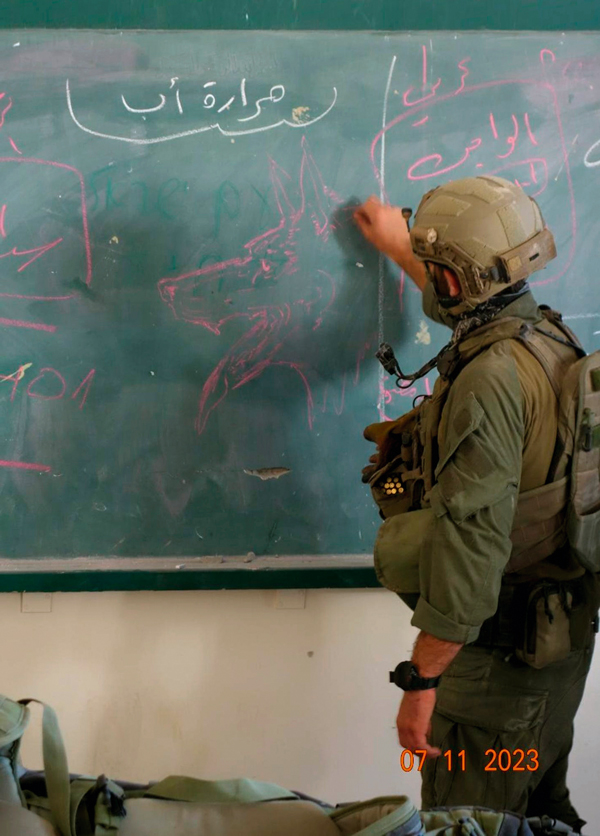
***
L’effondrement du monde le 7 octobre et depuis lors nous a laissés paradoxalement écartelés entre un silence assourdissant et un trop‐plein de mots vides de sens. Plutôt que de donner encore la parole à des experts, réels ou autoproclamés, nous avons conçu cet ouvrage comme un lieu d’expression offert aux artistes, à ceux qui, selon la tradition juive, s’expriment « à l’ombre de Dieu » – comme l’exprime le nom de l’artiste biblique emblématique, Betsalel, בצלאל. Plutôt que l’indignité des images ultraviolentes qui nous submergent depuis un an, nous avons demandé aux artistes israéliens et juifs ce qu’ils peuvent nous dire des amères ténèbres dont nous ne parvenons pas à sortir, comment ils peuvent, eux, dire ce que nous ne sommes plus capables d’articuler.
Béni sois-Tu, Éternel, qui délivres les captifs.
Antoine Strobel-Dahan, rédacteur en chef de Tenoua
“Draw me a devastated world”
Delphine Horvilleur,
Rabbi, Editorial Director of Tenoua
“Draw me a devastated world.”
The Little Prince could very well have posed this simple question to an aviator stranded somewhere on our planet today. The man in the middle of the desert, lost in the vastness of his despair, might have replied : “Well, wouldn’t you rather I draw you a sheep ? That’s so much easier to paint…”
But the Little Prince would have refused and insisted, as only children know how, until finally the man would admit sadly : “I don’t know how to do that… but look all around you and see what has happened to our world in the past year, and you will have a rough idea. Look at what I will never be able to draw : the tears, the anger, the destruction and the mourning. Who could paint that?”
No one. Except for a man who had the time to make a sketch in a notebook. His sketch appears on the cover of the book you hold in your hands. Take a closer look and like the Little Prince turn to the artist to say :
“Draw me a devastated world.”
Looking at this image, you will certainly see a man as broken as the world he inhabits. His flower has withered, deprived of love or a humanity capable of watering it, and all around him the universe has shrunk. Most of the inhabitants of his planet have eyes too full of tears to see clearly, and besides, one sees well only with the heart. Perhaps something in them, in us, has gone out, along with the light of all the street lamps of the world.
The man who created this work deserves to have his story told and never to be forgotten. Unlike the author of “The Little Prince”, he was not an aviator at all but a soldier in the ground forces, a member of the Shaldag Unit of the IDF. This man died one day in November 2023, killed in action on a street in Gaza, in the heart of a war that reverberates across the entire planet, kidnapping and killing so many Little Princes.
The man whose drawing you hold in your hands was Jonathan Chazor. He was 22 years old and always loved art. From childhood, he filled notebooks with portraits, some more realistic than others, and occasionally with still lifes. So many people wondered what he would one day do with this talent, this fine line that seemed to sketch for him a future as a great artist. Even a few hours before his death in Gaza, one of his comrades had taken a photo of him drawing his dog’s head on a blackboard. It was his very last sketch, just before came the war to erase his life and his dreams.
It was his father who gave us permission to reproduce this drawing. I am most grateful to him. When we asked him what he thought his son’s drawing represented, he replied that the man standing on this devastated planet was obviously himself, the bereaved father whose son through a strange prophecy had managed to draw while still alive.
This story of endless mourning is just one among so many. And we must still be able to say, recount, testify and draw each of these devastated lives. To forget no one, neither Jonathan nor the others, and pay tribute to each, to these lost lives and shattered dreams. Tell of the broken families, the grieving parents, a Middle East whose immense pain sweeps over our world, feeding ancient hatreds, awakening terrors, and leaving us too just as powerless and devastated.
A year after the tragedy, and while its seismic aftershocks continue to unsettle our world, Tenoua wondered how to commemorate and bear witness. Words seem so inadequate to convey the intensity of the trauma, as they always are when it comes to expressing grief. So we chose art, image and creation. To try to go beyond words to recount what must never cease to be told. “Draw me a devastated world,” demands the Little Prince and all those whose mourning compels us.
This book by Tenoua gives voice to the artists who translate into their language what has happened to them–and to all of us. Turn the pages and you will have a terrible and heartbreaking impression. “It’s so mysterious, the land of tears.”
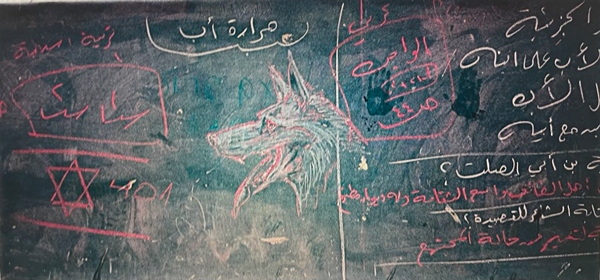
***
The collapse of the world on October 7 and since then has paradoxically left us torn between a deafening silence and an overflow of empty words. Rather than giving the floor once again to experts, real or self‐proclaimed, we have designed this book as a place of expression for artists, those who, according to Jewish tradition, express themselves “in the shadow of God”– as expressed by the name of the emblematic biblical artist, Bezalel, בצלאל. Instead of the indignity of the snuff images that have overwhelmed us for a year, we asked Israeli and Jewish artists what they can tell us about the bitter darkness from which we cannot seem to escape, how they can, in their way, express what we are no longer able to articulate.
Blessed are You, Lord, who frees the captives.
Antoine Strobel-Dahan, editor-in-chief of Tenoua
”צייר לי עולם הרוס“
דלפין הורווילר
רבה, מנהלת מערכת כתב העת תנועה
« צייר לי עולם הרוס ».
היום הנסיך הקטן היה בוודאי מבקש זאת בפשטות מטייס שנחת אי שם על כדור הארץ שלנו. האיש בלב המדבר, מכובד יאושו, היה עונה לו : « אמור לי, אתה לא מעדיף שאצייר לך כבשה ? זה הרבה יותר פשוט… »
אבל הנסיך הקטן היה מסרב ומתעקש כמו שרק ילדים יודעים לעשות, עד שהאיש היה נכנע ומודה בצער : « אני לא יודע לעשות זאת… אבל הבט מסביבך ותתבונן במה שקורה לעולמנו מזה כמעט שנה, ויהיה לך כבר רישום. הבט במה שלא אצליח לצייר : הדמעות, הכעס, ההרס והאבל. מי יכול לצייר זאת ? »
אף אחד. חוץ מאיש שמצא זמן לשרטט לו את קווי המתאר במחברת רישום.
למעשה, הציור שלו מופיע על הכריכה של הספר שנמצא ממש עכשיו בידיכם. הביטו בו לרגע מקרוב ונסו לבקש מהצייר את אשר ביקש הנסיך הקטן.
« צייר לי עולם הרוס ».
מהתבוננות בציור, אתם ודאי תזהו אדם שבור כמו העולם בו הוא גר. הפרח שלו קמל, ממחסור באהבה או באנושיות שתשקה אותו, ומסביבו, היקום הצטמצם. עיניהם של רוב תושבי כוכב הלכת שלו מלאות מדי בדמעות מכדי לראות, ובכל מקרה, אנחנו באמת רואים רק עם הלב. אולי משהו בהם, בנו, נכבה, יחד עם אורם של כל פנסי הרחוב בעולם.
האיש שצייר את היצירה הזו ראוי שנספר את סיפורו ושלא נשכח אותו לעולם. בשונה ממחבר הנסיך הקטן, הוא כלל לא היה טייס אלא לוחם ביחידת שלדג בצה« ל. האיש הזה נהרג בחודש נובמבר 2023, נפל במהלך קרב ברחוב בעזה, בליבה של מלחמה שמהדהדת לעולם כולו, כזו שחוטפת ורוצחת נסיכים קטנים.
האיש שציורו בידיכם נקרא יונתן חצור. הוא היה בן 22, ואהב אמנות מאז ומתמיד. כבר בתור ילד, נהג למלא מחברות בדיוקנים בגוונים שונים של ריאליזם, ולעיתים גם בטבע דומם. כל כך הרבה אנשים תהו מה יעשה בהמשך עם הכישרון הזה, עם הקו העדין שהיה נדמה כמצייר לפניו עתיד מבטיח של אמן גדול. אפילו שעות ספורות לפני מותו בעזה, אחד מחבריו ליחידה צילם אותו בזמן ששרבט בגיר את ראשו של הכלב שלו על לוח שחור. זה היה רישומו האחרון, ממש לפני שחייו וחלומותיו נמחקו על ידי המלחמה.
אביו הוא זה שהעניק לנו את הרשות לשחזר את הציור. אני רוצה להודות לו כאן. כששאלנו אותו מה לדעתו מייצג הציור של בנו, הוא ענה כי האיש העומד על הכוכב ההרוס הוא ללא ספק הוא עצמו, האב השכול, אשר באמצעות נבואה משונה, בנו ידע לצייר כשעוד היה בחיים.
סיפור זה של אבל אינסופי, הוא אחד מיני רבים. נצטרך עוד לומר, לספר, להעיד ולצייר כל אחד מהחיים שנהרסו. לא לשכוח ולו אחד, לא את יונתן, לא את האחרים, ולהוקיר כל אחד מהם, את החיים שאבדו ואת החלומות שנהרסו. לספר את סיפורן של המשפחות המפורקות, ההורים השכולים, מזרח תיכון אשר כאבו העצום שוטף את עולמנו, מזין שנאות קדומות, מעיר פחדים, ומותיר אותנו חסרי אונים והרוסים בתורנו.
שנה לאחר הטרגדיה, ובעוד עולמנו ממשיך לרעוד מעוצמת ההדף שלה, ב‑Tenoua (תנועה) שאלנו את עצמנו כיצד להנציח ולתעד. המילים נדמות ריקות מכדי להביע את עוצמת הטראומה, כמו בכל פעם שרוצים לבטא דרכן אבל. על כן בחרנו באמנות, בדימוי, וביצירה. לנסות לומר מעבר למילים את מה שלעולם אסור להפסיק לספר. « צייר לי עולם הרוס », דורש הנסיך הקטן, ועמו, כל אלו שהאבל שלהם מחייב אותנו.
ספר זה, בהוצאת Tenoua (תנועה), מעניק קול לאמנים המתרגמים בשפתם את מה שקרה להם – ולכולנו. דפדפו בין העמודים ותגלו מחזה נורא ומטלטל. « איזו ארץ מסתורית היא ארץ הדמעות. »
קריסת העולם ב‑7 *** באוקטובר ומאז השאירה אותנו באופן פרדוקסלי קרועים בין שתיקה מחרישת אוזניים לשפע מילים ריקות מתוכן. במקום לתת עוד במה למומחים, אמיתיים או מדומים, יצרנו את הספר הזה כמקום ביטוי לאמנים, לאלו שלפי המסורת היהודית, מביעים את עצמם « בצל אלוהים » – כמו שמרמז שמו של האמן המקראי האיקוני, « בצלאל ». במקום התמונות האלימות במיוחד שמציפות אותנו מזה שנה, ביקשנו מהאמנים הישראלים והיהודים מה הם יכולים לומר לנו על האפלה המרירה שממנה איננו מצליחים להיחלץ, איך הם יכולים, הם, לבטא את מה שאיננו עוד מסוגלים לנסח.
ברוך אתה ה » מתיר אסורים.
אנטואן שטרובל‐דהן, עורך ראשי של תנועה
